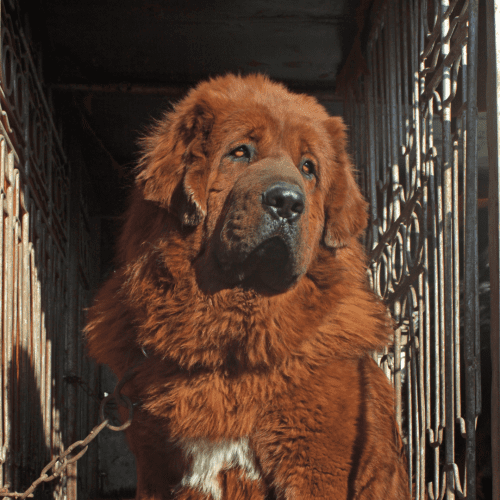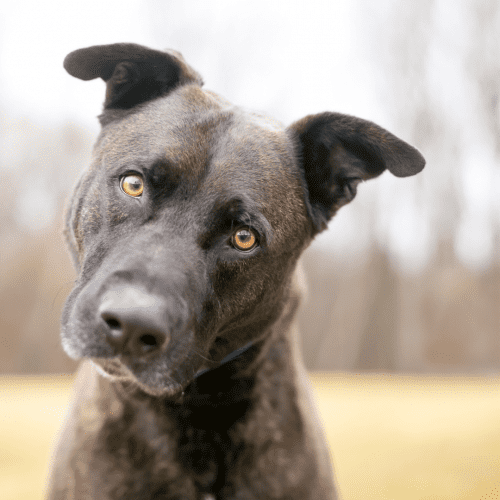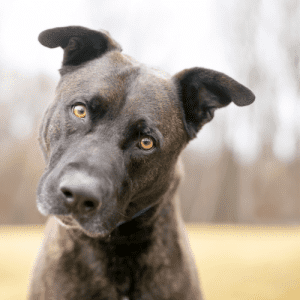
What Is The History Of The Aksaray Malaklisi Breed?
The Aksaray Malaklisi is a Turkish breed of dog. It is named after the city of Aksaray in central Turkey and is also sometimes known as the Central Anatolian Shepherd Dog. It is used as a flock guardian and to control wolf populations. No major dog kennel club currently recognizes it.
What Does A Aksaray Malaklisi Look like?
The Aksaray Malaklisi is a large, powerful dog with a thick coat of fur that can be either black, white, tan, brown or red. The length of the fur varies depending on the individual dog, but it is typically quite long and fluffy. This breed sheds moderately throughout the year. Brush the coat regularly to keep the shedding under control. The Aksaray Malaklisi is an average shedder.
How Big Is An Adult Aksaray Malaklisi?
The Aksaray Malaklısı is a large dog breed, typically standing between 73 and 78 centimeters (29 and 31 inches) at the withers, with a body length of some 79 and 83 centimeters (31 and 33 inches). They can weigh anywhere from 80 to 150 kilograms (176 to 330 pounds), with males typically being larger than females. Of course, there will be some variation in size within the breed, so some Aksaray Malaklis may be larger or smaller than the average. However, they are generally very large dogs, and they are one of the largest Turkish shepherd breeds.
Are There Other Dog Breeds Related To The Aksaray Malaklisi?
The Aksaray Malaklisi is related to several other dog breeds, there are several other dog breeds related to the Aksaray Malaklisi. These include:
- Kangal Shepherd Dog: This is the most closely related breed to the Aksaray Malaklisi. Kangal Shepherd Dogs are also large, powerful dogs that are used to guard livestock from predators. They are known for their intelligence and their loyalty to their families.
- Akbash: The Akbash is another large Turkish shepherd breed that is related to the Aksaray Malaklisi. Akbash are known for their white coats and their gentle temperaments. They are often used to guard livestock from predators, but they can also make good family pets.
- Kars: The Kars is a smaller breed than the Aksaray Malaklisi and the Kangal Shepherd Dog, but it is still a powerful and agile dog. Kars are known for their speed and their ability to jump high fences. They are often used to guard livestock from predators in mountainous terrain.
- Anatolian Shepherd Dog: The Anatolian Shepherd Dog is a large breed of livestock guardian dog that is native to Turkey. They are known for their thick coats, which help to protect them from the cold weather. Anatolian Shepherd Dogs are also very loyal and protective of their families.
All of these breeds are descended from a common ancestor, and they share many similarities. They are all large, powerful dogs that are used to guard livestock from predators. They are also all known for their loyalty and their protective nature.
What Is The Life Expectancy Of An Aksaray Malaklisi?
If you are considering getting an Aksaray Malaklisi, it is important to be aware of these health risks. You should also make sure that you are prepared to provide your dog with regular veterinary care and a healthy diet. With proper care, Aksaray Malaklis can live long and healthy lives. They are loyal and loving dogs that make great companions.
Here are some tips for keeping your Aksaray Malaklisi healthy:
- Feed your dog a high-quality diet that is appropriate for their age and activity level.
- Provide your dog with plenty of exercise.
- Take your dog to the vet for regular checkups.
- Keep your dog’s vaccinations up-to-date.
- Be aware of the health risks that are common in large breeds.
By following these tips, you can help your Aksaray Malaklisi live a long and healthy life.
Can An Aksaray Malaklisi Be Trained?
Yes, an Aksaray Malaklisi can be trained to do various things. Being highly intelligent dogs they are quick learners. With the proper training, they can make excellent companion animals and be valuable assets to any family. Some of the things that an Aksaray Malaklisi can be trained to do include:
- Basic obedience commands such as sit, stay, come, down, etc.
- Walking nicely on a leash
- Proper etiquette around people and other animals
- Trick training (this breed is particularly adept at learning tricks)
What Are Some Interesting Facts About An Aksaray Malaklisi?
- The Aksaray Malaklisi is a large, powerful dog breed originally bred for guarding and herding livestock in Turkey.
- The Aksaray Malaklisi is an intelligent, independent, and loyal dog breed that makes an excellent guard dog or working dog.
- The Aksaray Malaklisi is a large dog breed that stands between 29 and 32 inches tall at the shoulder for males and 28 to 31 for females.
- The Aksaray Malaklisi weighs between 195 and 330 pounds for the males and 175 and 250 pounds for the females.
- The Aksaray Malaklisi has a short, thick coat, typically black, white, tan, brown or red.
- Aksaray Malaklisi is not a particularly active dog breed, but they need plenty of exercises and regular mental stimulation to stay happy and healthy.
- The Aksaray Malaklisi is typically a healthy dog breed with a life expectancy of 13-15 years.
How Does An Aksaray Malaklisi Interact With People?
The Aksaray Malaklisi is a friendly and loving dog that loves being around people. They are very social creatures and enjoy being in the company of others, both humans and dogs. They love to play and have a lot of energy, so they need an owner that can keep up with them. Intelligent, Trainable these dogs can be a great addition to any family.


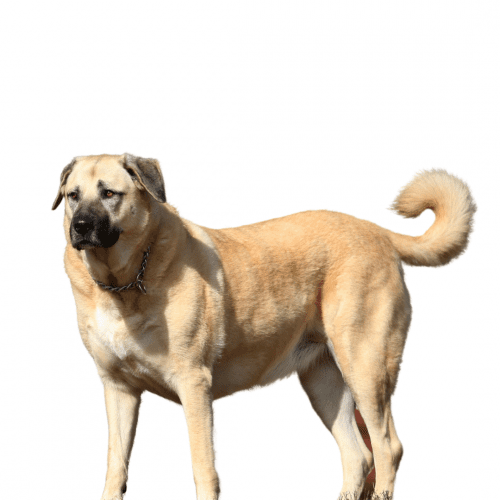
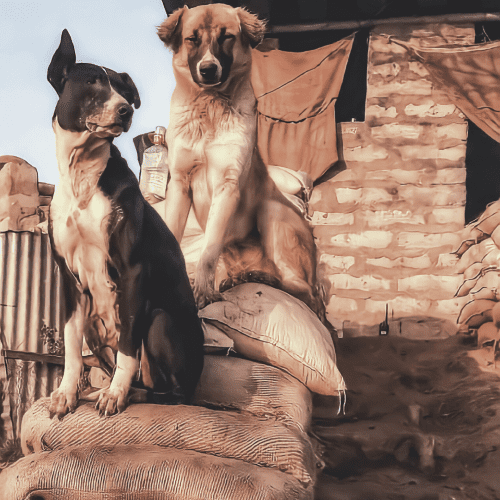
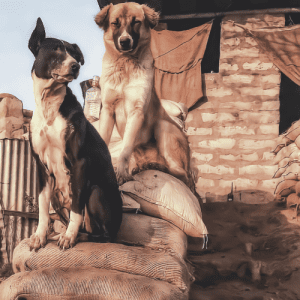
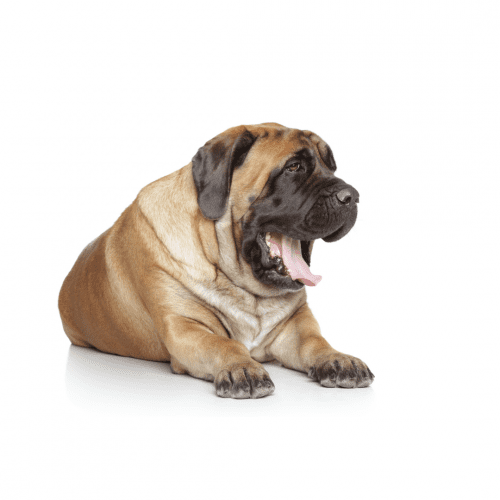

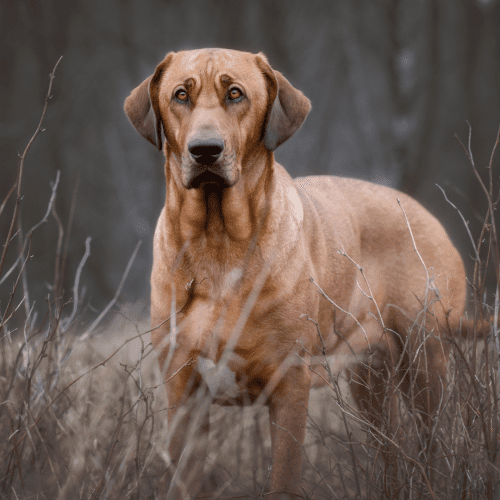

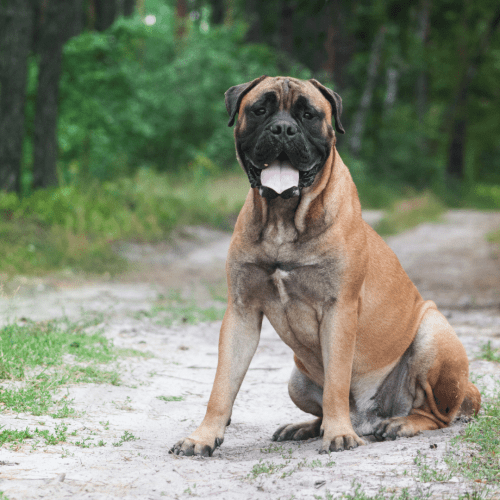

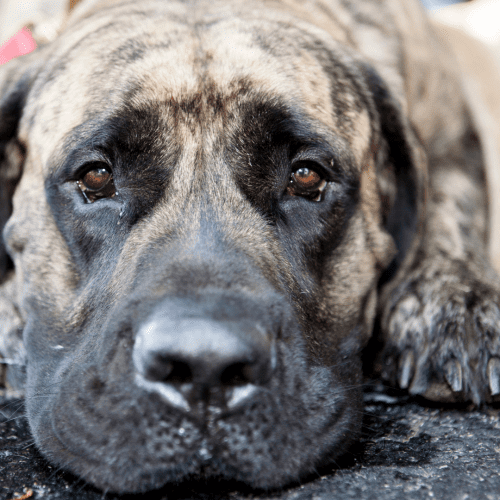
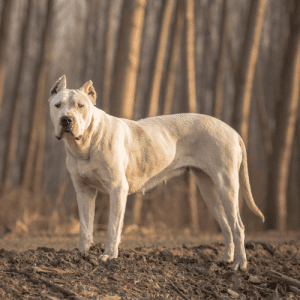
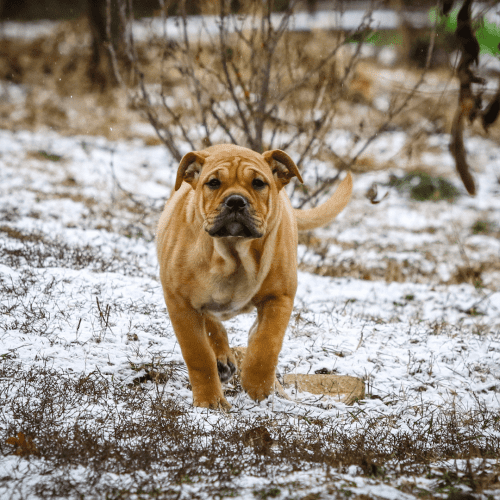
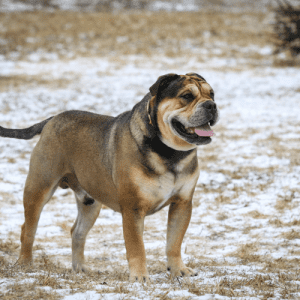
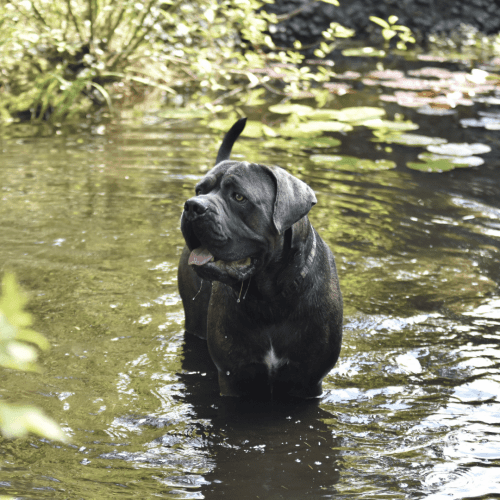

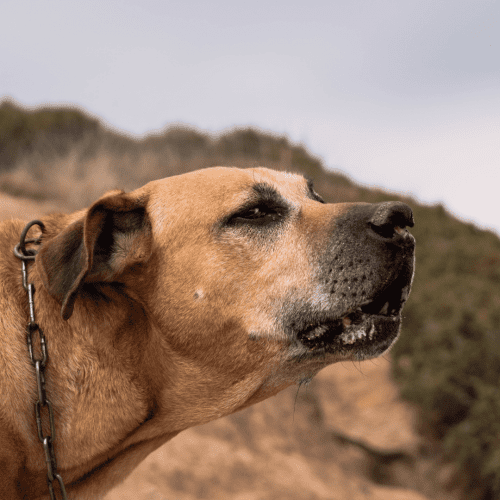
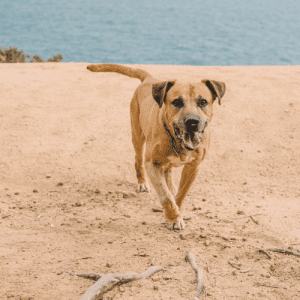
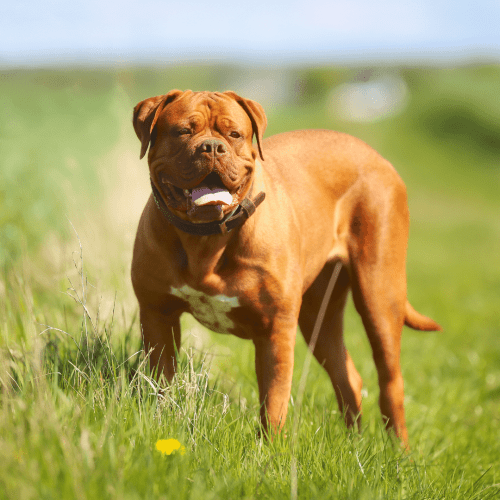
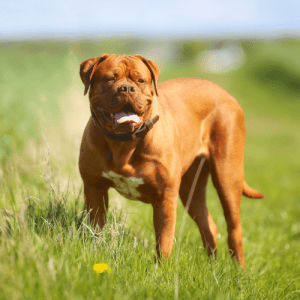
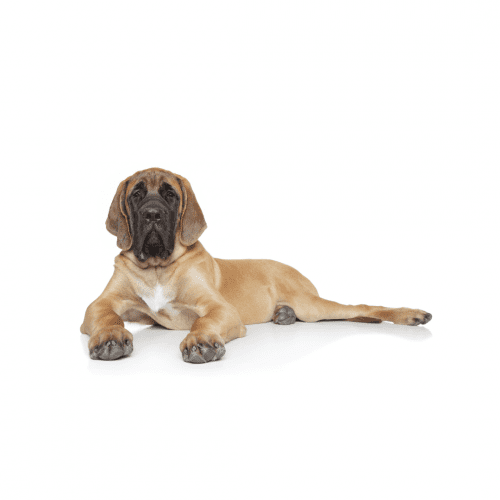

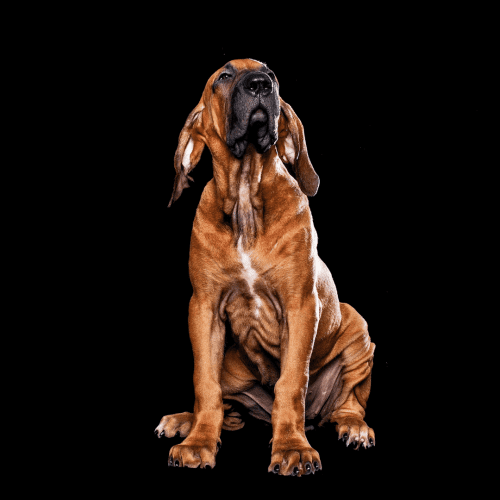
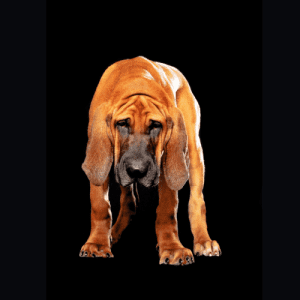
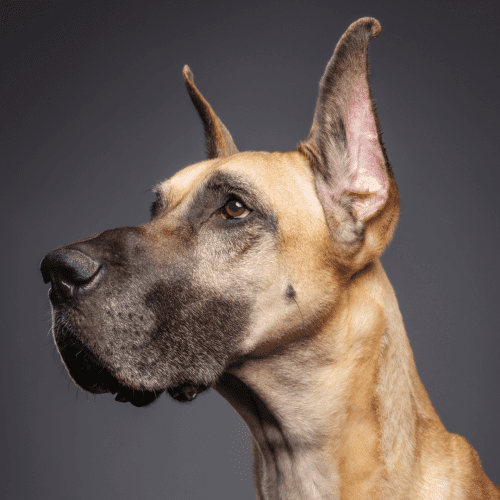

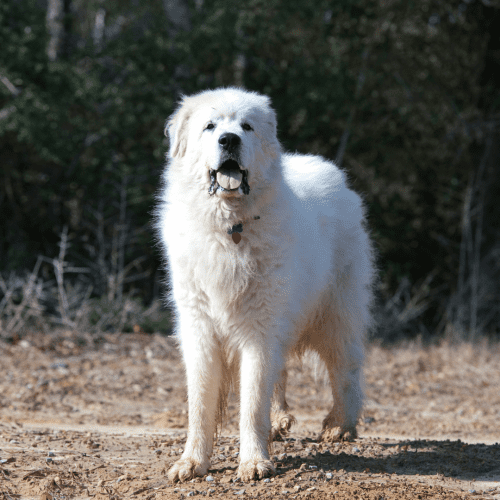

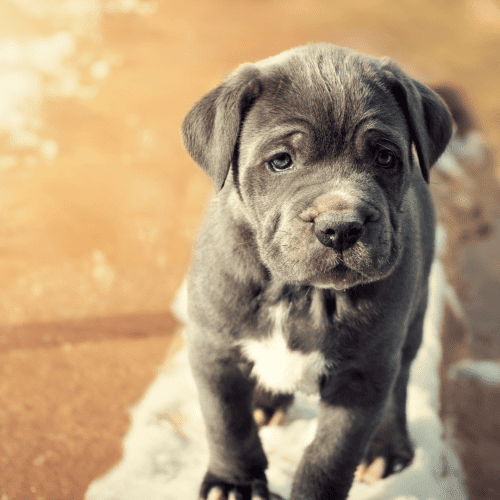

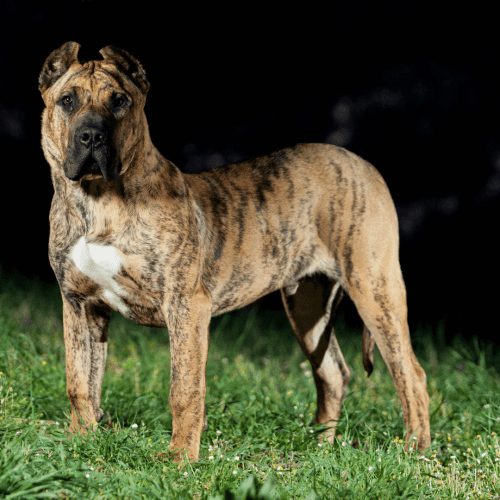

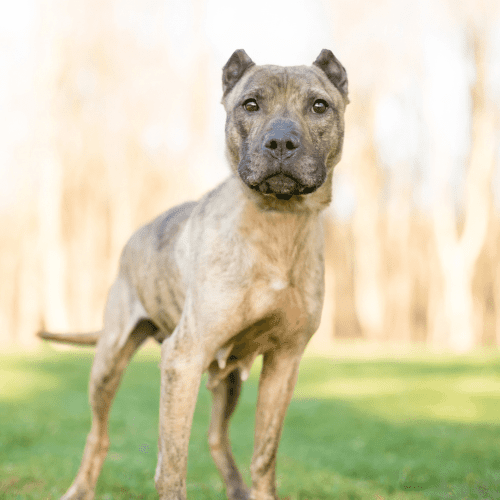

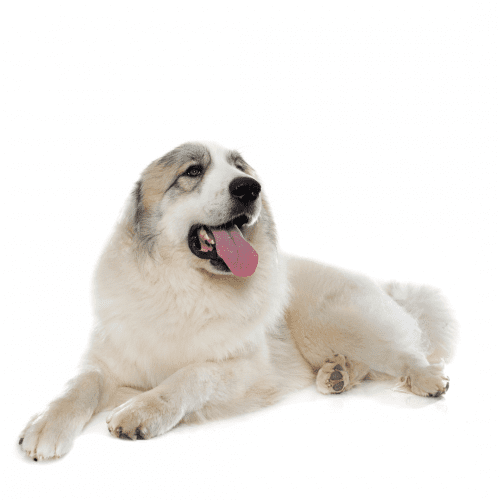

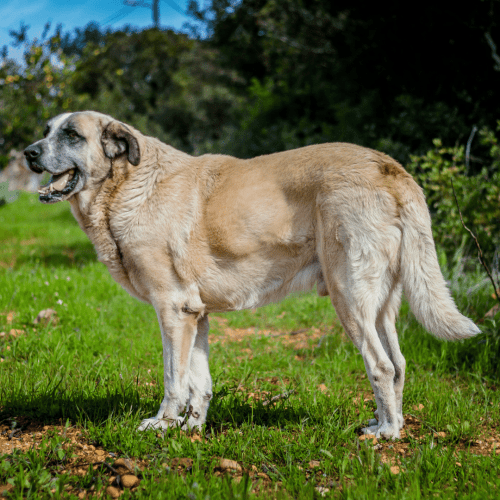

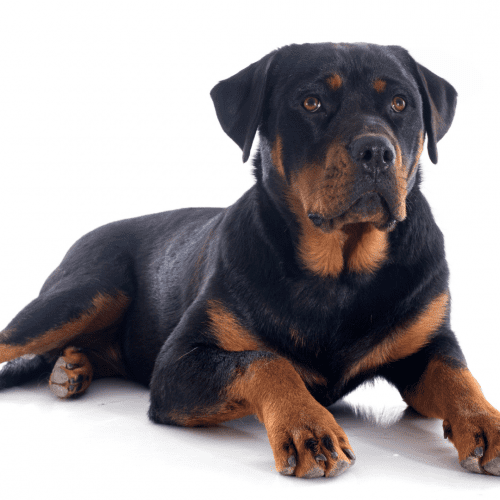

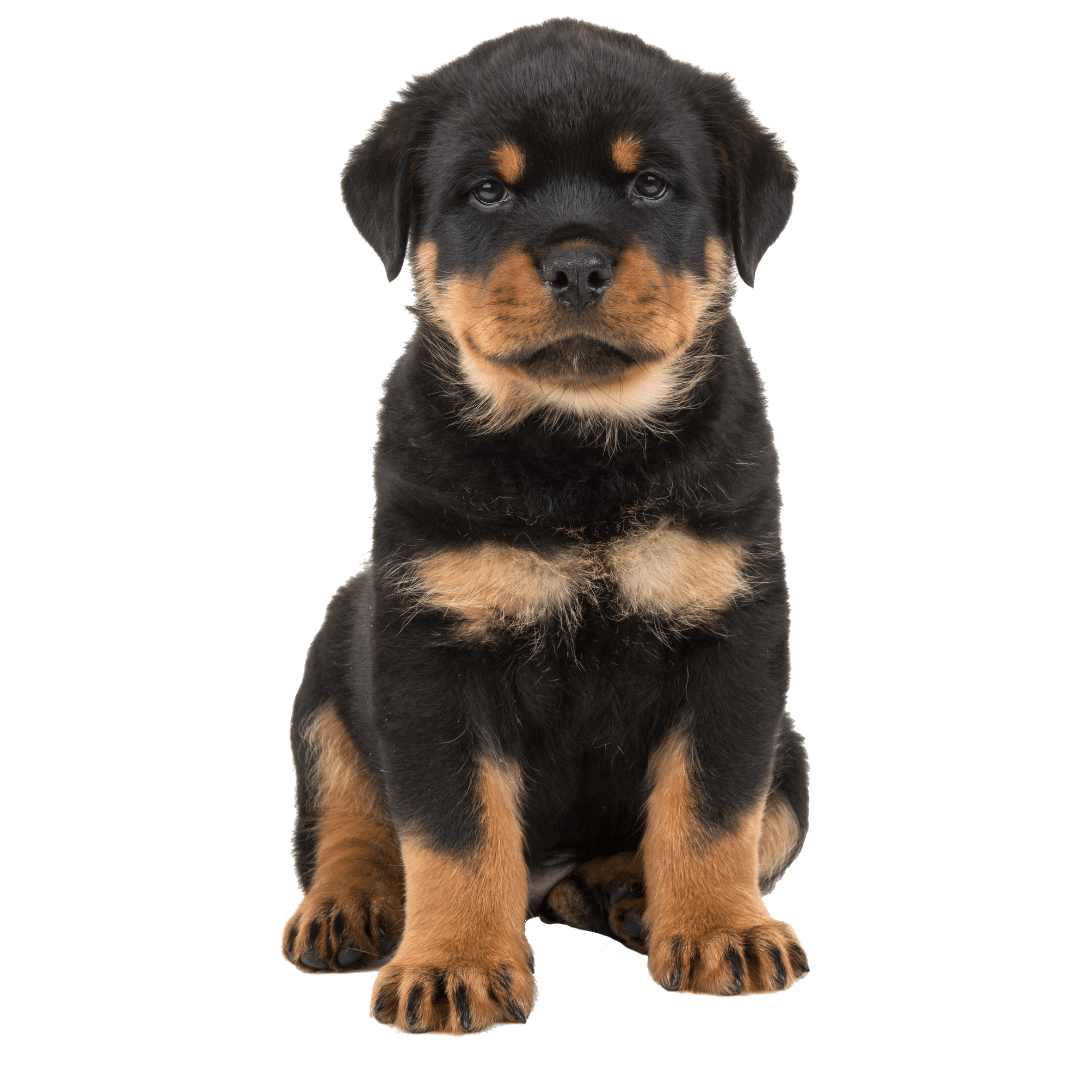
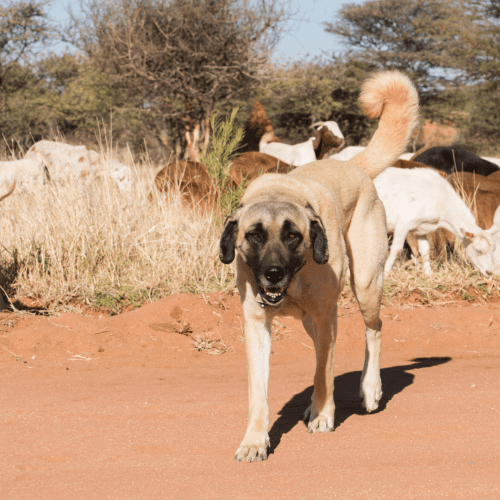
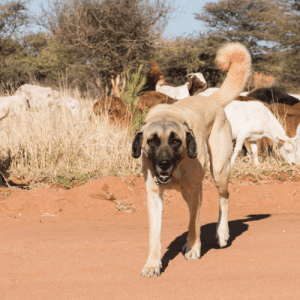
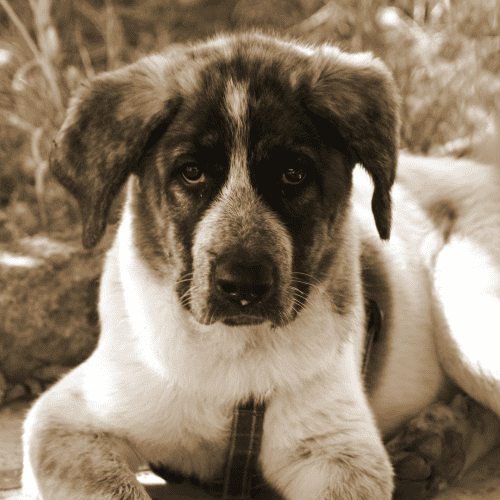
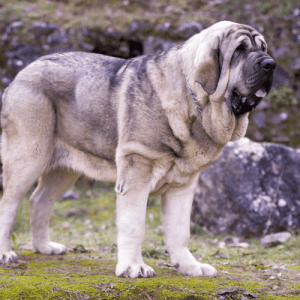 What Is The History Of The Spanish Mastiff Dog Breed?
What Is The History Of The Spanish Mastiff Dog Breed?